New Delhi: An important step towards India’s next-generation aerospace technology has been taken by researchers at the Indian Institute of Technology Madras (IIT Madras), who have made a significant breakthrough in the development of an Unmanned Aerial Vehicle (UAV) and Vertical Take-off and Landing (VTOL) aircraft powered by hybrid rocket thrusters.
To develop and test complex flight systems, the experimental study employed a novel and economical technique known as “hardware-in-the-loop simulation (HILS),” which combines virtual simulation with actual hardware testing. The idea of hybrid rocket-based propulsion for vertical landing platforms was validated by the IIT Madras team, who were able to demonstrate a soft landing velocity of less than 1 m/s.
Explaining the innovation, Prof P A Ramakrishna, Department of Aerospace Engineering, IIT Madras, said:
“Vertical take-off and landing, as the name suggests, will enable an aircraft to take off and land vertically, eliminating the need for infrastructure like long runways. Because of this, VTOL capability will enable access to remote locations and rugged terrains where long runways and large airports are difficult to establish. Currently, Helicopters are the system operating on those terrains; however, they face limitations in terms of speed, range, and efficiency compared to a fixed-wing aircraft.”
“Once the VTOL system reaches the Technology Readiness Level (TRL) for commercial application, it will be a game-changer in both civil and military aviation. VTOL will help to decentralise air transport to multiple locations rather than a single big airport or an airbase. Such decentralisation brings significant strategic and operational advantages. This study is a precursor towards the development and demonstration of a proof-of-concept for a hybrid rocket-powered VTOL platform.”
Discussing future applications, Prof. Ramakrishna noted:
“Because of the positive outcomes of this study, an experimental study of the landing platform with multiple degrees of freedom could be carried out as a future study. Once attitude stabilisation of the platform is achieved, a hardware-in-the-loop simulation for landing without the assumption of an attitude-stabilised system could be carried out. This would be a step closer to realising a VTOL platform with hybrid rocket thrusters. With validated performance and control strategies, the developed VTOL technology can be extended to fixed-wing UAVs as an initial implementation. This not only serves as a proof-of-concept for broader aerospace applications but could also attract attention from industries interested in next-generation air mobility solutions.”
Dr Joel George Manathara, Associate Professor, Department of Aerospace Engineering, IIT Madras, highlighted the uniqueness of the research, saying:
“The use of hybrid rocket thrusters for VTOL itself is a unique and novel aspect of this research. Our work paves the way to move beyond the conventional approaches by demonstrating the viability of hybrid rocket propulsion — which offers a balance of safety, simplicity, and control — for VTOL applications.”
“Another interesting aspect of this work is the unique Hardware-in-the-Loop Simulation (HILS) framework that IIT Madras researchers have developed. HILS combines physical hardware testing with simulations to offer a cost-effective way to quickly develop complex systems. While typical HILS setups involve a servo motor or microcontroller as the hardware interacting with the simulation, we pushed the boundaries to integrate a real, live-firing hybrid rocket motor directly into our HILS loop. This ensures that our testing framework is incredibly accurate, effectively reducing the leap from this technology to a functional prototype, bringing us much closer to practical application.”
Anandu Bhadran, Researcher, IIT Madras, said:
“Hybrid rocket motors have been regaining attention in the last few decades, and the throttling capabilities of hybrid rocket motors are being studied for various applications. The hybrid rocket motor demonstrated the ability to dynamically respond to the thrust demands generated by the control system governed by the guidance algorithm. Even with a basic controller, the preliminary results were promising, highlighting the reliable and versatile thrust modulation capability of the thruster.”
The research findings, co-authored by Prof Ramakrishna, Dr Manathara and Bhadran, were published in the International Journal of Aeronautical and Space Sciences.
The breakthrough sets the stage for further experimentation toward a fully operational VTOL platform, strengthening India’s pursuit of next-generation aerospace and defence technologies.






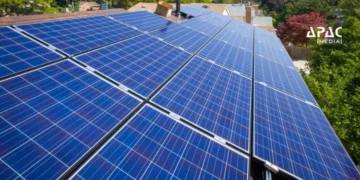




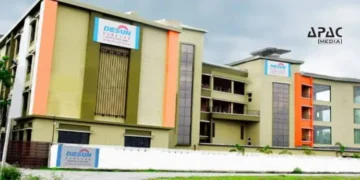






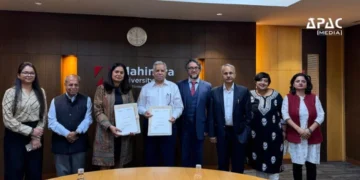



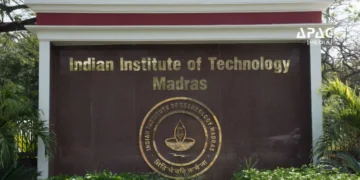


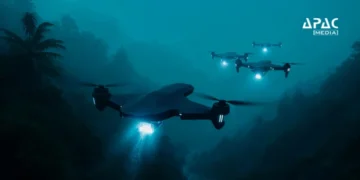
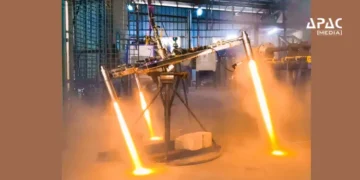




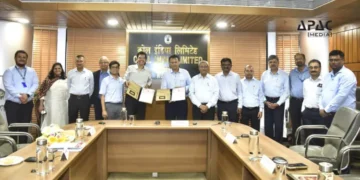
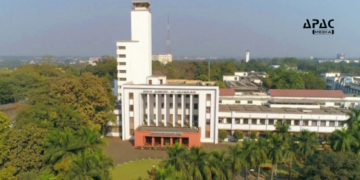
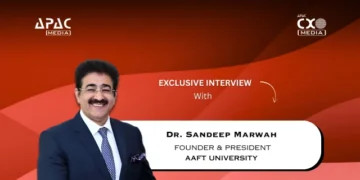
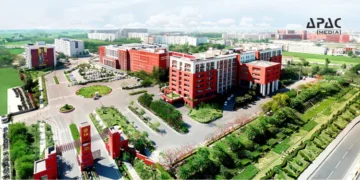
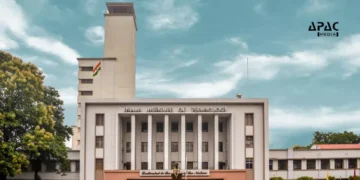










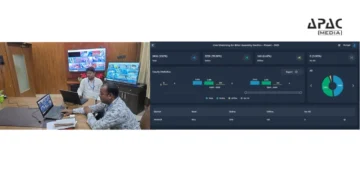

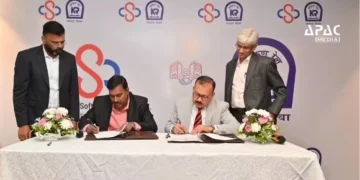


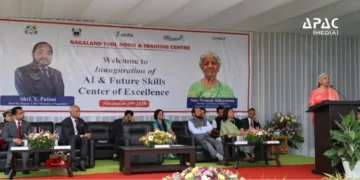

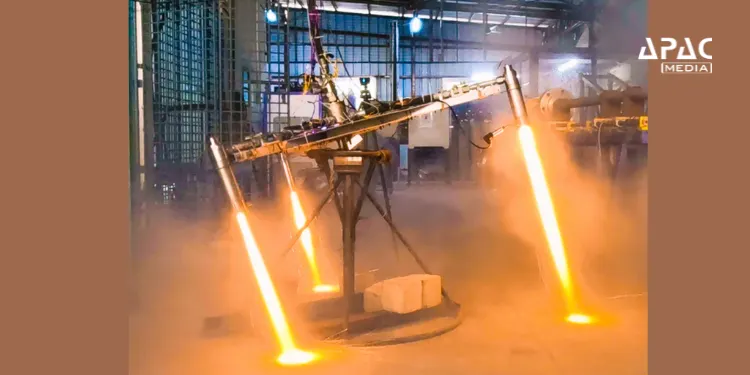



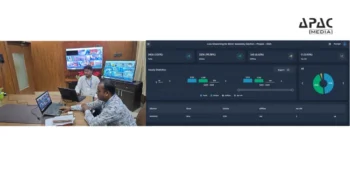









Discussion about this post